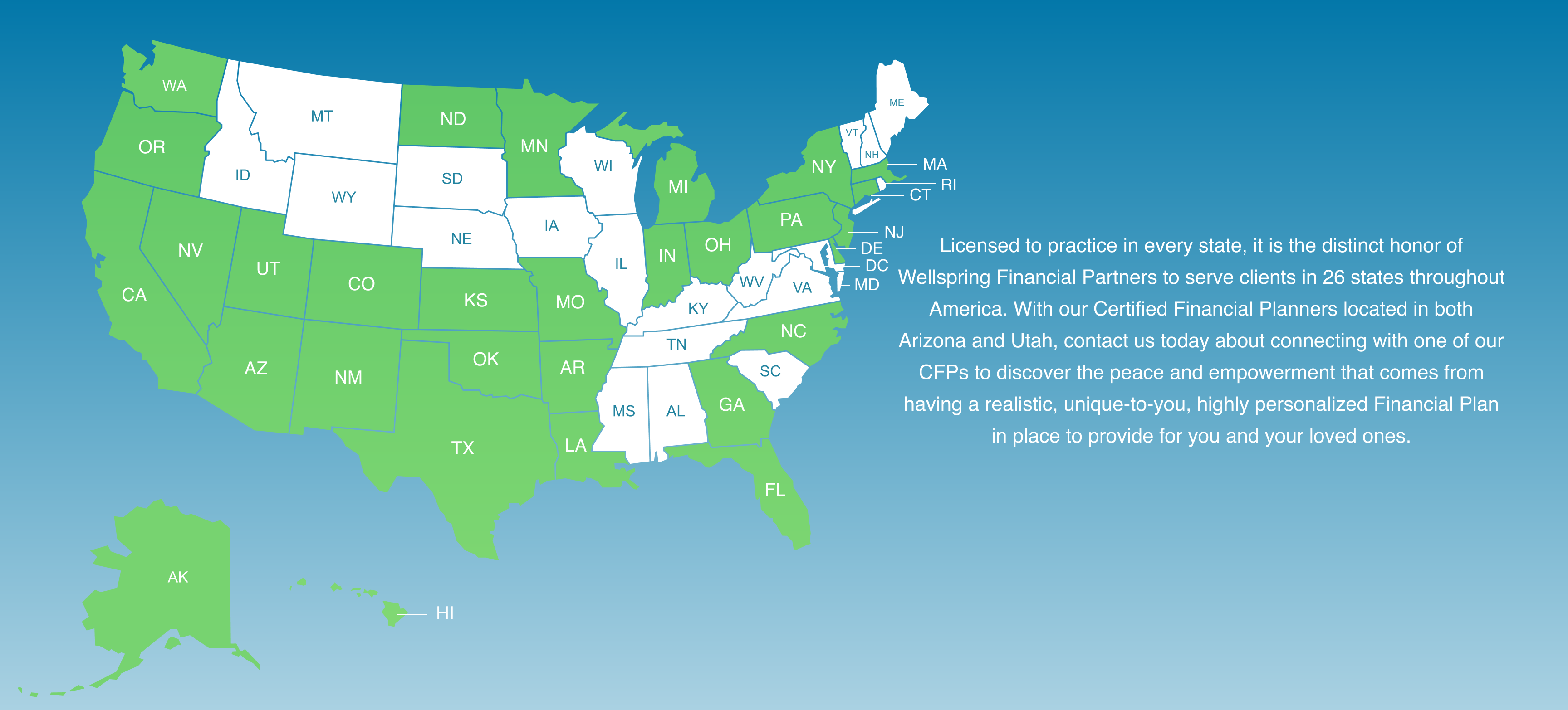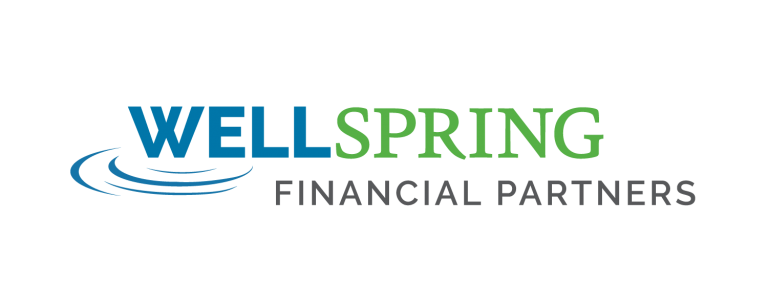According to ERISA, plans intending to comply with 404(c) must provide that participants: Have the opportunity to choose from a broad range of investment alternatives (which are adequately diversified); may direct the investment of their accounts with a frequency which is appropriate; and can obtain sufficient information to make informed investment decisions.
The plan sponsor must provide annual written notification to participants with its intent to comply with 404(c), and be able to provide the following:
- Information about investment instructions (including contact information of the fiduciary responsible for carrying out participant investment instructions);
- Notification of voting and tender rights;
- Information about each investment alternative; and
- A description of transaction fees and investment expenses.
Compliance with section 404(c) of ERISA protects plan fiduciaries from liability for losses that result from the investment decisions made by participants. Conversely, failure to comply with 404(c) could result in liability for losses due to poor investment decisions made by plan participants.
Considering a Safe Harbor Retirement Plan
It may be advantageous for a plan sponsor to consider adopting a safe harbor design for their retirement plan. Adopting a safe harbor retirement plan design permits an employer to essentially avoid discrimination testing (the testing is deemed met). Remember, this testing limits highly compensated employees’ contributions based upon non-highly compensated employees’ contributions. By making a safe harbor contribution highly compensated employees can defer the maximum amount allowed by their plan and Internal Revenue Code limits, without
receiving any refunds. General rules for all safe harbor contributions include the following:
- Safe harbor contributions are 100 percent vested.
- There may be no allocation requirements imposed on safe harbor contributions, for example, a 1,000-hour service requirement or a last day employment rule.
- Safe harbor contributions may be used toward satisfying the top heavy plan minimum contribution requirement.
- All eligible participants must receive a written notice describing the applicable safe harbor provisions between 30 and 90 days before the beginning of the plan year. This notice must be provided for each year the plan will be safe harbored.
Generally, there are two types of safe harbor contributions: 1) the non-elective contribution, which is a 3 percent contribution to all eligible participants, or 2) a matching contribution to participants who are contributing to your plan. There are two options from which to choose, for the matching contribution, either the basic or the enhanced match. The basic safe harbor matching contribution is defined as a 100 percent match on the first 3 percent of compensation deferred and a 50 percent match on deferrals between 3 percent and 5 percent of compensation. Alternatively, the employer may choose an enhanced matching formula equal to at least the amount of the basic match; for example, 100 percent of the first 4 percent deferred. All that said, employers wishing to explore a safe harbor solution should also be aware that it may entail more cost (if their present contribution structure is less than the required safe harbor required structure).

















